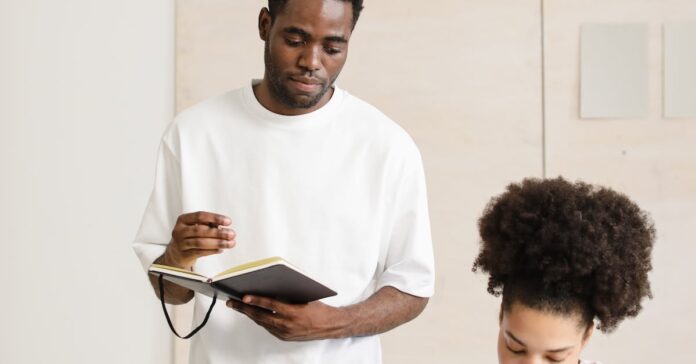You consider yourself a pretty decent photographer but understand that photography is a hobby that can always be open for improvement. This article will provide many helpful tips and tricks that are used by top photographers – some of which you may have never considered using previous to now.
With the ease of cameras today, it is very easy for a novice person to take some great pictures without a lot of knowledge. Having a high quality camera is the first step. Make sure that the camera, lens and equipment are all from a reputable company who makes quality photographic equipment.
Learn how to snap a picture quickly. Do not wait for your subject to take a certain pause, this might not happen. Take several pictures if you need to. By taking pictures quickly, you will get natural expressions and pauses. If you wait too long, your subject will probably have a rather rigid and artificial expression.
If you know that you have a really important shoot the next day, make sure that you get ample rest. Yes, a lack of sleep will directly result in loss of judgment, which will hurt the quality of the shots that you take. Get at least eight hours of rest the night before a photo shoot.
Pay attention to natural lighting. You might need to use your flash feature or install additional sources of light, but you can use natural lighting to create interesting effects with light and shadow. Position your subject accordingly. Make sure the photograph is not too dark or too bright.
When taking a picture, try to take one at a medium distance and then take one closer. You may decide later on that a picture would have looked better had you taken it a little closer. Also, try to make sure your subject is toward the center of the picture.
A good photography tip is to use color contrast as a way to create your focal point. Basically this means the area you want the viewer to focus on should have high color contrast. A good way to achieve this is by putting two pure colors side by side.
Natural light will always provide you with the highest quality photos. Cloudy days are actually better for shooting than sunny ones, because the clouds act as a natural diffuser, spreading the light out and eliminating shadows and harsh contrasts. Opt for your next photo shoot outside on an overcast day.
Learn how to use aperture on your camera. It indicates how much of the stuff that is seen in your view finder will be in focus. Low aperture means that only the foreground will be in focus and the background will be more blurred. High aperture means that everything will equally be in focus.
When photographing young children, time and patience is your best friend. Children are taught to “say cheese” whenever a camera is focused on them, inevitably creating artificial, fake smiles – or worse. Ideally, a child will become comfortable being photographed when the pressure to “perform” is removed. Simply encourage them to go about their normal activities and then follow them around with your camera, clicking when they naturally smile or are obviously enjoying their surroundings.
Try to plan out all of your shots. You should plan out everything from the subject, to the angle, to the lighting in the area where you will be shooting. Taking a bit of time to plan all of this out, can lead to much better and more interesting photographs.
Less is always more in photo composition. Keep things simple, and avoid unnecessary clutter in your shots. The art of innocence is really wonderful, so try to keep the shots you take simple.
Read through your camera’s manual. Manuals that come with your camera are often dense and large. Often, people put them in a file drawer or throw them in the garbage. Take your time to read and study your manual instead of just throwing it away. This simple act can help you enhance the quality of your pictures as well as avert you from making amateur mistakes.
Experiment with the focus of your camera to see how it affects your photographs. Choosing a lower f-stop number will sharpen the focus on your central subject, and blur the rest. This is a good photograph style to use for portrait images, as the subject is usually close to the lens. In contrast, using a larger depth of field (high f-stop value) puts the whole frame into focus. This works well to photograph landscape.
In conclusion, you know what you are doing when it comes to photography but want to make sure that there are not any pieces of advice that you might have missed or forgotten about. This article provided some of the best advice available and hopefully you will be able to use it in some way.

